Animal tourism to Avoid and Alternatives
Let’s start off by saying that spotting what’s wrong or right with tourism and animals can be difficult. Hannah and I have made multiple mistakes when it comes to this topic and this article is to help you avoid exactly what we have done wrong and the better alternatives there are.
1. Zoos & Aquariums
Many animals in tourism are living in Zoos and Aquariums. There is some argument that they are good for conservation purposes, helping to preserve threatened wildlife species. However, in reality, it’s hard to decide if the benefits outweigh the negatives. Some reasons to avoid visiting zoos or aquariums:
- Wild animals shouldn’t be in captivity
In captivity, they are unable to lead a full and happy life. For example, dolphins should be able to deep-dive and swim across large expanses of ocean. In aquariums, dolphins are kept in small pools that don’t even come close to replicating their natural habitat.
- It upsets their natural rhythm
Tigers and lions, for example, are normally active in the early morning or at night. As zoos are open all day, and people are always watching them, their natural biology has to change. This can be very stressful for them. - Animals are often forced to perform
To make animals perform in this way, the trainers often treat them cruelly. They may remove them at birth from their mothers, chain them, or use violence. If a zoo or aquarium offers an animal show, that’s a red flag.
- Animals can get into a depression
Did you know that Tarsiers (found in the Philippines) commit suicide in captivity? Primates are very intelligent creatures and are at risk of boredom in environments outside of their wild habitat. This can cause them to have mental health problems, and even go as far as self-mutilation.
Alternatives to Wildlife Tourism for Zoos & Aquariums
Instead of visiting a zoo, consider visiting an ethical wildlife sanctuary instead. Make sure to do your research well, though, through a platform like the Global Federation of Wildlife Sanctuaries.
If you have a passion for sea creatures, consider volunteering for a charity like the Sea Turtle Conservancy in Costa Rica. Here they focus on researching, educating, and preserving sea life for the future. You could also participate in a beach clean-up and help make the oceans a safer place for aquatic life.
Another alternative is to go snorkeling or get your PADI diving certificate so you can see the life underwater. Great countries to get your PADI certificate are Thailand, Egypt, and Malta.
Standard sunscreens pollute the ocean: Use a reef-safe sunscreen
2. Wildlife Sanctuaries
Although some wildlife sanctuaries are doing a lot of good, there are many that are unethical. Any wildlife sanctuary that offers tourists the opportunity to interact with animals should be avoided. Even if you hear or see words such as ‘roam freely’, ‘conservation’, or ‘wildlife protection’, this doesn’t necessarily mean that these sanctuaries are good. For example, some sanctuaries claim to save elephants from poaching but still allow tourists to ride them.
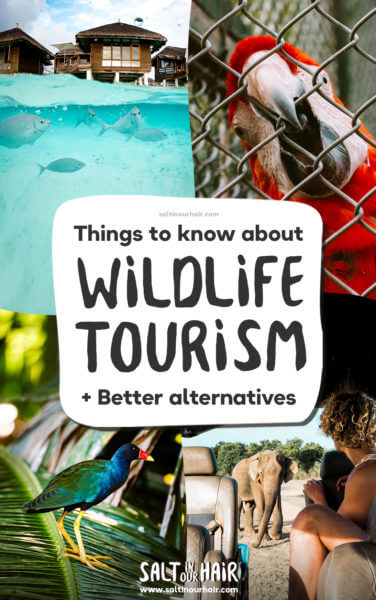
Tiger Selfies
You may have seen or heard of tiger selfies in Asia. This is an activity for travelers who want to fulfill their dreams of getting up close with these majestic creatures. In reality, it’s not possible for a wild animal to calmly interact with humans and the sanctuaries drug them to do so.
Thailand, in particular, is a popular spot for this kind of wildlife tourism. Many of the tigers are separated from their mothers from birth, confined in small cages, chained, drugged, and made to suffer extreme stress throughout their lives. Infamous wildlife sanctuaries, like the Tiger Kingdom, were even found to be selling tiger skin and body parts. Here’s an article by Vox about this shady business.
Alternatives to Wildlife Sanctuaries
Although it’s hard to find wildlife sanctuaries that are ethical, there are certain databases you can check—for example, the Global Federation of Sanctuaries. Make sure the sanctuary you’re visiting works in conservation, is reputable, and doesn’t allow any photos or touching of the animals.
Alternatively, choose an experience in the wild, such as a canoe trip down the Amazon River. During these experiences, you may be lucky enough to catch a glimpse of some beautiful exotic animals.
Also read: A Jungle Tour through the Amazon in Peru
3. Wildlife Experiences
It’s very common to see wildlife experiences on offer for tourists. This can range from walking with lions to feeding crocodiles or diving with sharks. All of these experiences can cause a variety of problems: upsetting the ecosystem, causing poor relationships between animals and humans, and putting undue stress on wildlife and the planet.
Crocodile Farms
Crocodile farms give tourists the opportunity to feed the crocs, take selfies and even watch them in stunt shows. All of this is using the animal for entertainment and funding cruelty & captivity of animals.
Shark Diving
Shark diving is another activity that’s become popular with adrenaline-seekers. However, in order for the sharks to be lured to the cage, the tour operators use a process called ‘chumming’. This is where they put minced fish into the ocean in order to bait them to the diving site. Not only does this upset the ecosystem, but it can lead the sharks to associate humans with food. This can result in more aggression from sharks towards humans – despite them being shy creatures.
Walking with Lions
Walking with lions is another tourist attraction, seen in places like South Africa. To make it safe for tourists to walk with lions in the wild, they remove babies from their mothers at a very young age and train them to be around humans. They also keep them in cruel conditions and teach them to replicate the behavior of domestic cats.
Ethical Alternatives to Wildlife Tourism Experiences
If you do want the opportunity to see animals in the wild, be respectful. Consider taking part in a reputable tour that doesn’t impact animals’ lives. For example, a safari in Sri Lanka with trained guides, observing elephants, leopards, and more quietly from a distance.
4. Riding Animals
Riding animals is not ethical. It’s a way for people to make money – exploiting animals for the entertainment or need of humans. When tourism controls the number of rides an animal is exposed to it is a business and not ethical at all.
Camel rides
When traveling to countries like Morocco or Egypt the camel has been used for centuries as a form of transportation. Nowadays, you as a tourist can ride the camels back for a quick photo at the Pyramids or walk up a dune. An unnecessary trip that you can easily do on foot.
Donkey Rides
Ever arrived at a tourist destination and seen donkeys carrying tourists up the hill as in Santorini, Greece? The owners often tie up the donkeys in extremely hot conditions, without water, and hit them in order to move or go faster. What’s more, they are often cared for badly and made for riding with a badly fitting saddle. This can cause horrible sores all over the body.
Horse Carriages
The same goes for the romantic horse carriage rides you see on a weekend city break. The horses are mistreated, forced to work long hours, and carry extreme weight. They are also at a greater risk of health conditions from being kept in traffic with toxic fumes. When their carriage pulling days come to an end, their owners often send them to slaughterhouses, ending their lives prematurely.
Horse-back Riding
When it comes to riding horses always have a look at the horse’s body and hoove condition. Also pay attention to the way in which the guide treats the horses. Excessive whipping is not a good thing!
Riding Elephants
Likewise, in Asia, it’s extremely popular to ride elephants. It’s important to remember that these amazing animals are wild and one of the most potentially dangerous animals in the world. Despite this, tourists believe that they are calm, human-loving creatures. To get them to this state, animal handlers break their spirits, separating the calves from their mothers at birth, chaining them, and training them to allow humans to sit on their backs. This process can be cruel, using hot pokers and other forms of violence for the trainer to establish dominance over the elephant.
Alternatives to Riding Animals
If the animal-riding activity is purely for pleasure, it’s better to walk with the animal instead or go and see them from a distance. However, animal-riding as transportation can be replaced by walking or taking public transport to your destination. Always remember that: The less money we put into funding this kind of tourism, the more likely it will come to an end. If you want to experience being around these animals, go on an ethical safari in the wild or visit a reputable donkey sanctuary. Always do your research and raise awareness when you do see animal rides taking place.
Why Avoid Most Wildlife Tourism?
Wildlife tourism often involves humans taking animals from their natural habitats and forcing them to behave in a domesticated way. These tourist attractions often use animals for entertainment, whether that’s dolphins performing or something as seemingly innocent as taking a selfie with an elephant.
In order to force animals to interact with humans in this way, handlers and employees show dominance by using cruel punishments. This can be keeping them in confined spaces, separating them from their companions, or using violence.
“A quarter of the world’s elephant population is in captivity – The Guardian”
Problematic to the ecosystem
What’s more, wildlife tourism can cause problems within the ecosystem. Whether it’s giving wildlife food outside of their normal diet, clearing forests to make way for enclosures, or bringing lots of tourists to natural areas. This can upset the natural biological balance and cause damage to habitats.
Also read: Easy Tips to Travel Plastic-free
For example, when we went to Langkawi, we saw tour guides encouraging tourists to feed the eagles chicken skin. This is not a part of their natural diet and causes an imbalance of the food chain and damage to the ecosystem.
“75 % of wildlife attractions have a bad effect on the animals – Tourism Concern”
What can we do improve wildlife tourism?
We’re lucky to have incredible wildlife on our planet, and, as humans, we should do our best to protect it. Luckily, there are plenty of ethical wildlife tourism alternatives that allow us to witness, protect, and preserve animals. These can be ethical wildlife sanctuaries that rehabilitate injured elephants, like Elephant Nature Park in Chiang Mai, Thailand, and release them back into the wild or turtle conservation projects that need volunteers to patrol beaches.
“More than 550,000 captive wild animals are experiencing cruelty for tourist entertainment – World Animal Protection”
Tip: Raising awareness of the dangers of wildlife tourism is really important. Consider recommending a documentary to a friend, signing a petition, or taking part in a tree planting scheme.
By purchasing through our links, you support us at no additional cost.
Thank you for your support. ♥️
- Find Hotels via Booking.com
- Find a Rental Car via Sunny Cars
- Find Cheap Flights via Skyscanner
- Get a Travel Insurance via Heymondo
- Book Tours & Attractions via Viator
- Book a Bus/Train/Transfer via 12Go
Looking for more travel information? Plan a chat with us for personalised travel advice or get an answer from the Salt in our Hair Travel Community on Facebook.

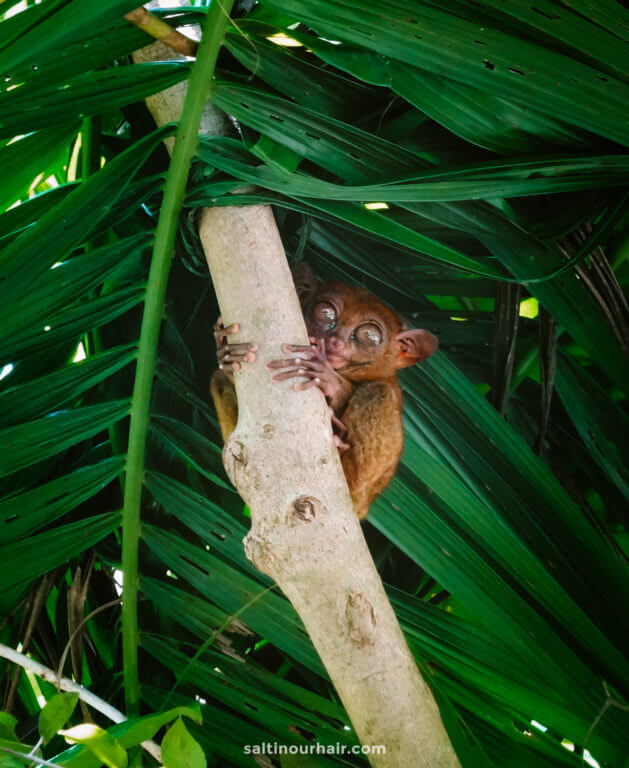
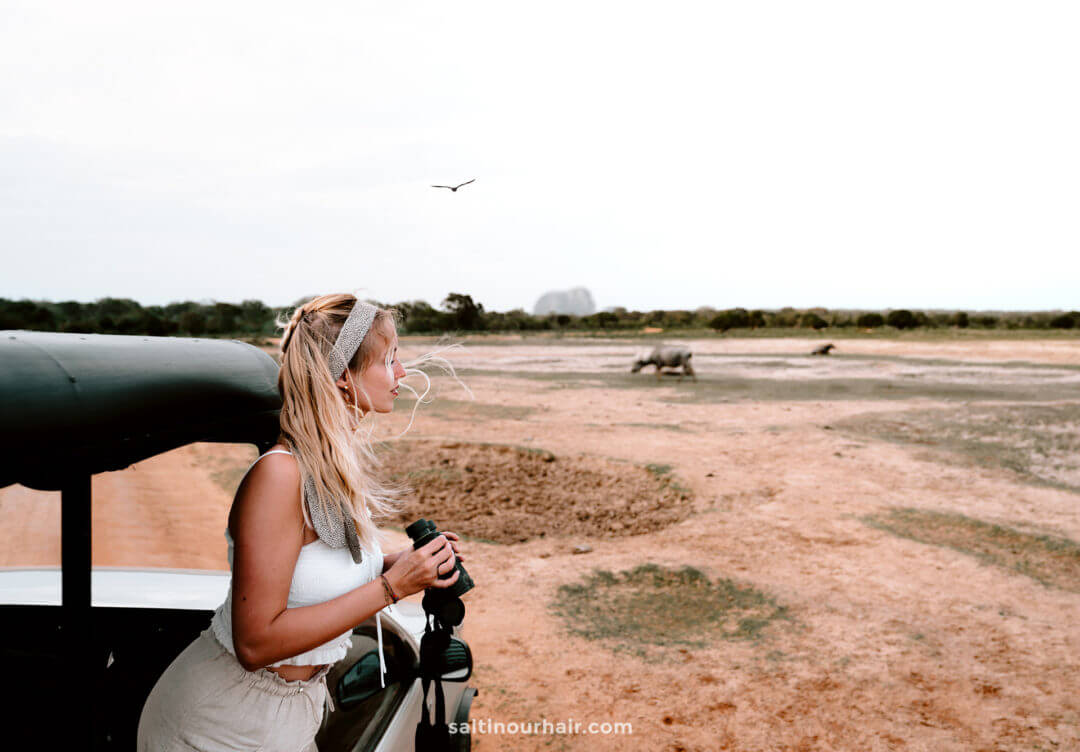
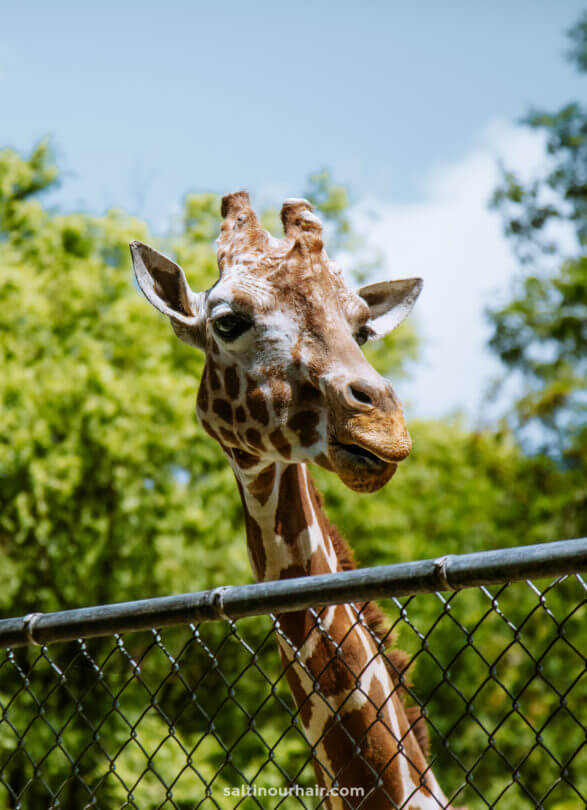
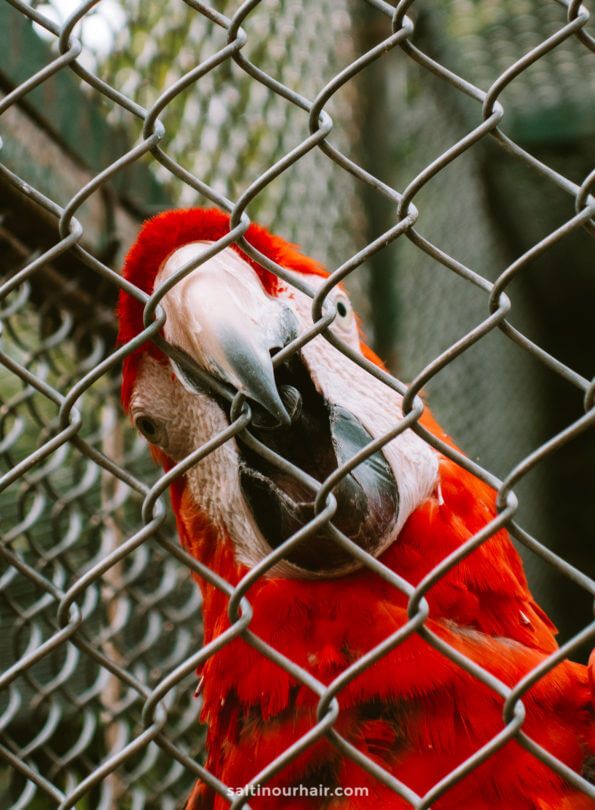


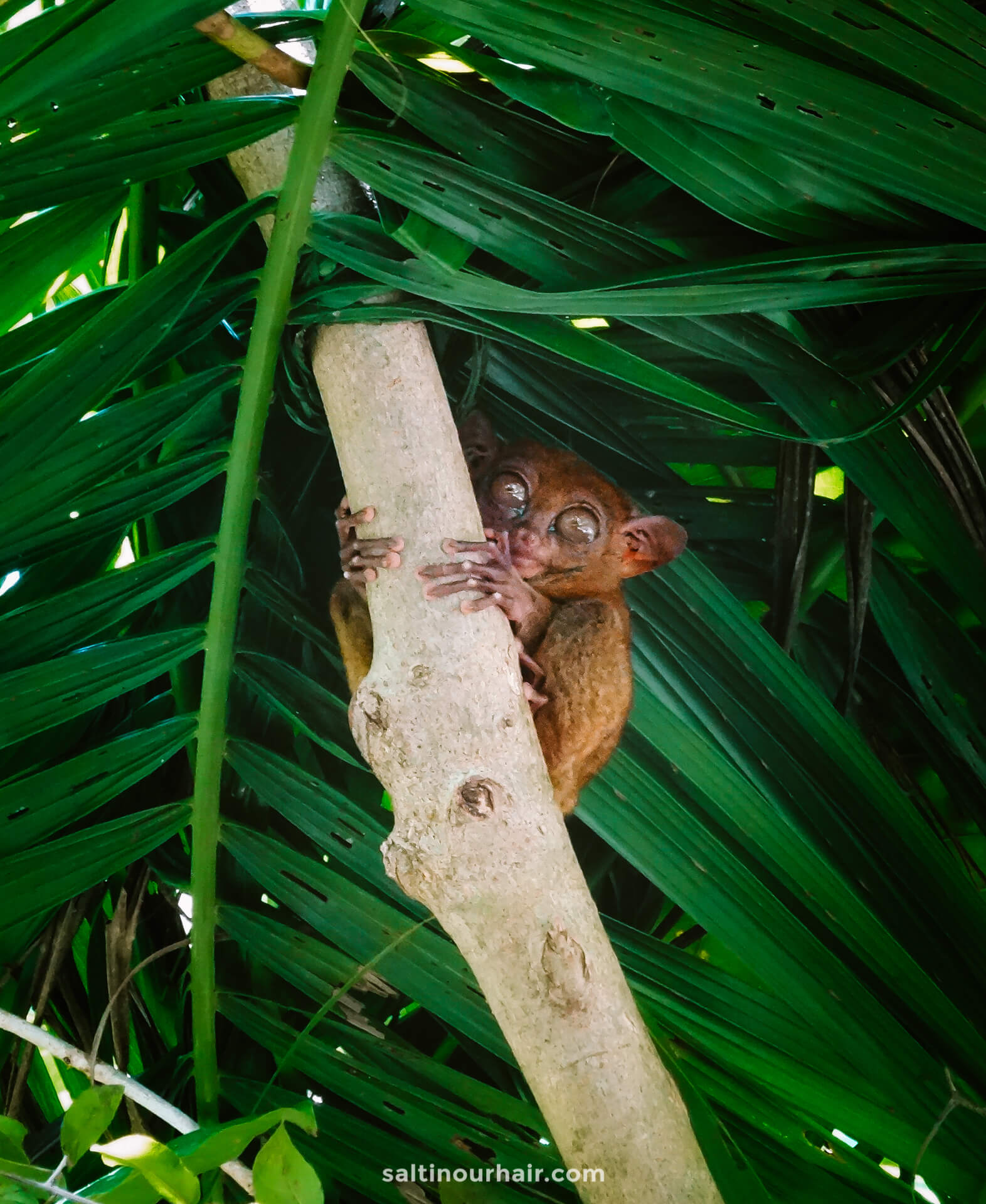
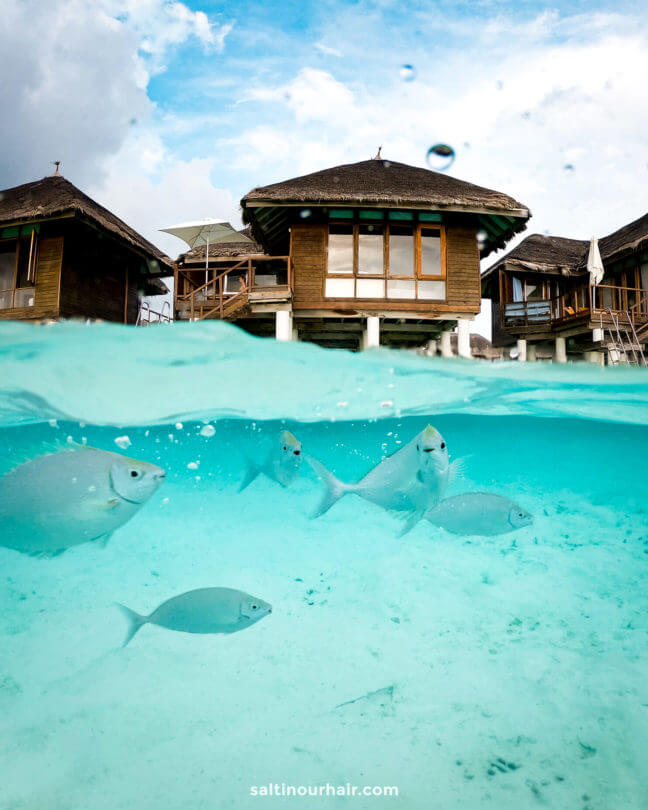
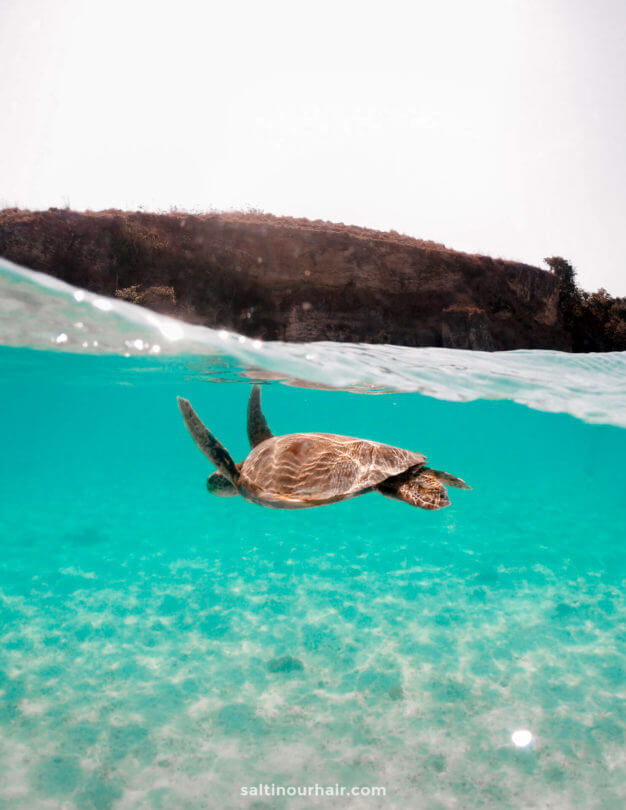
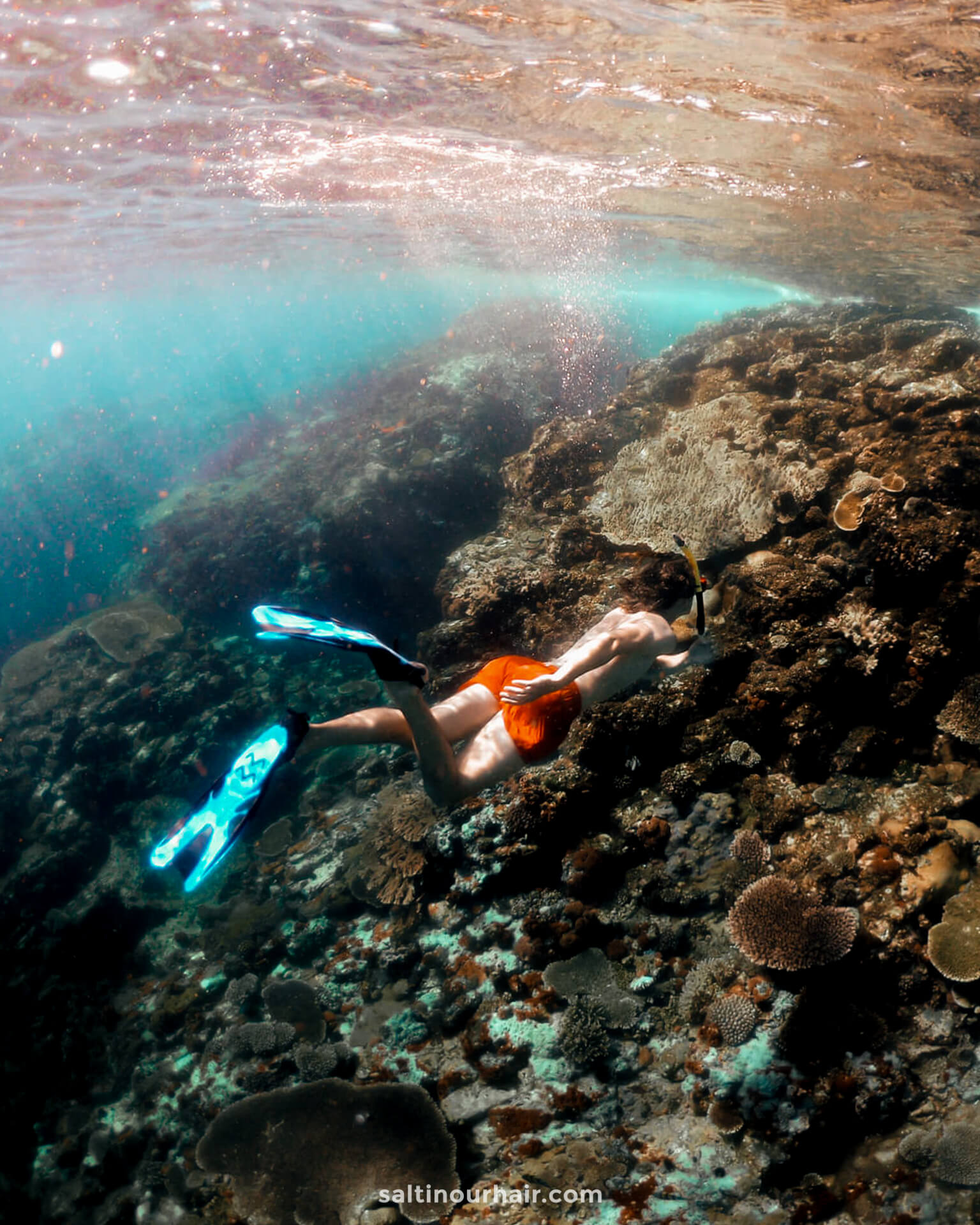
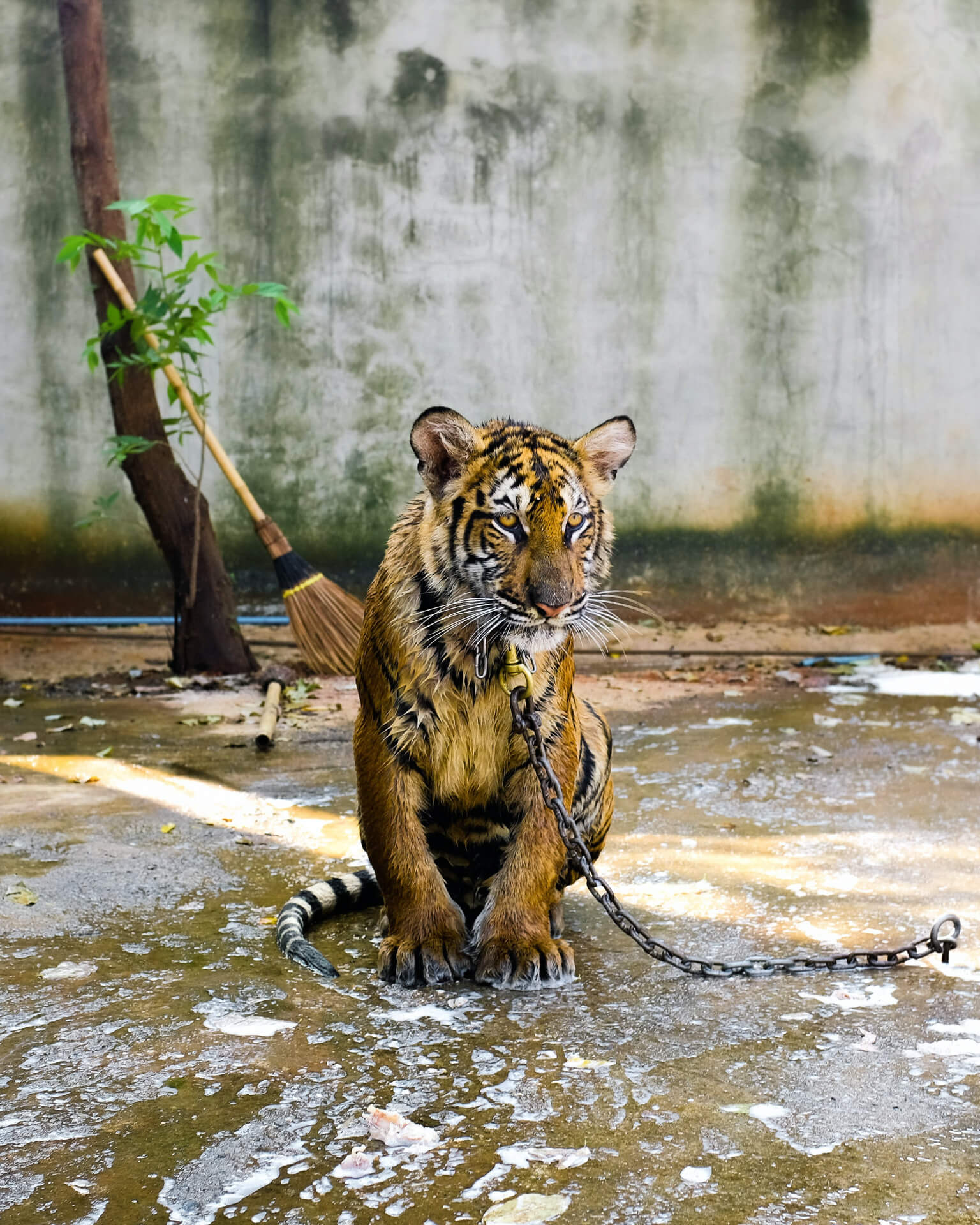
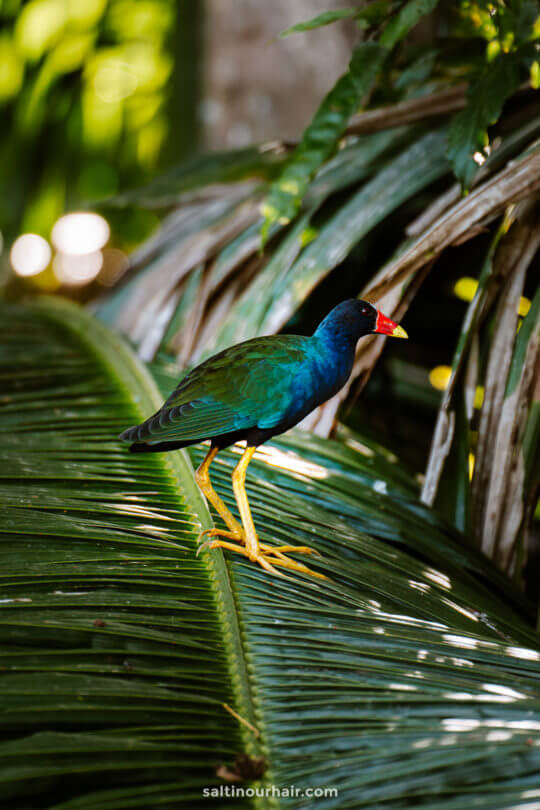
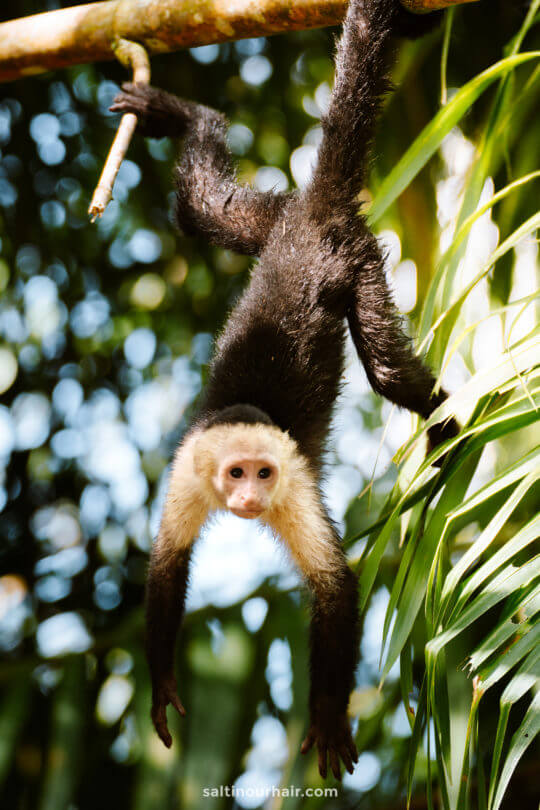
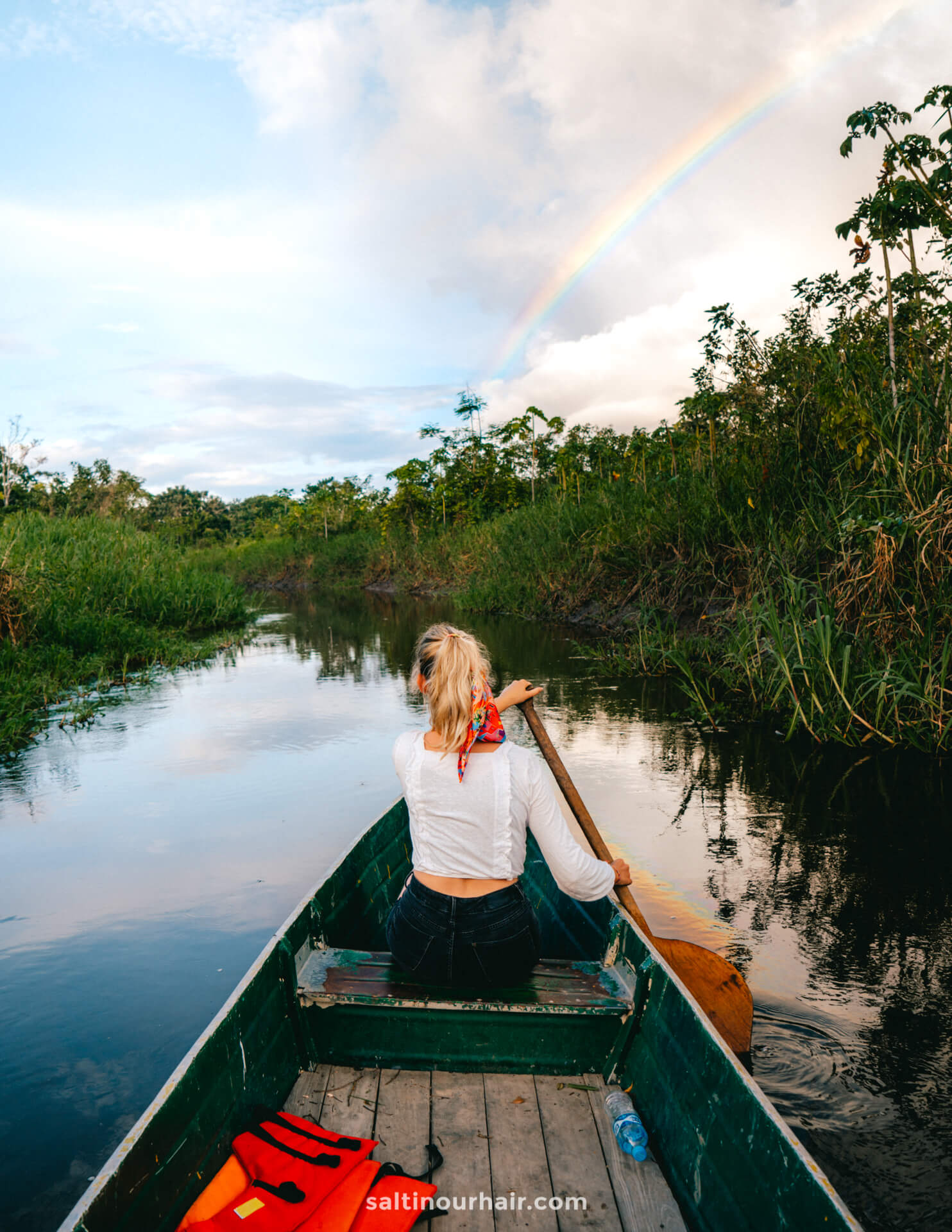
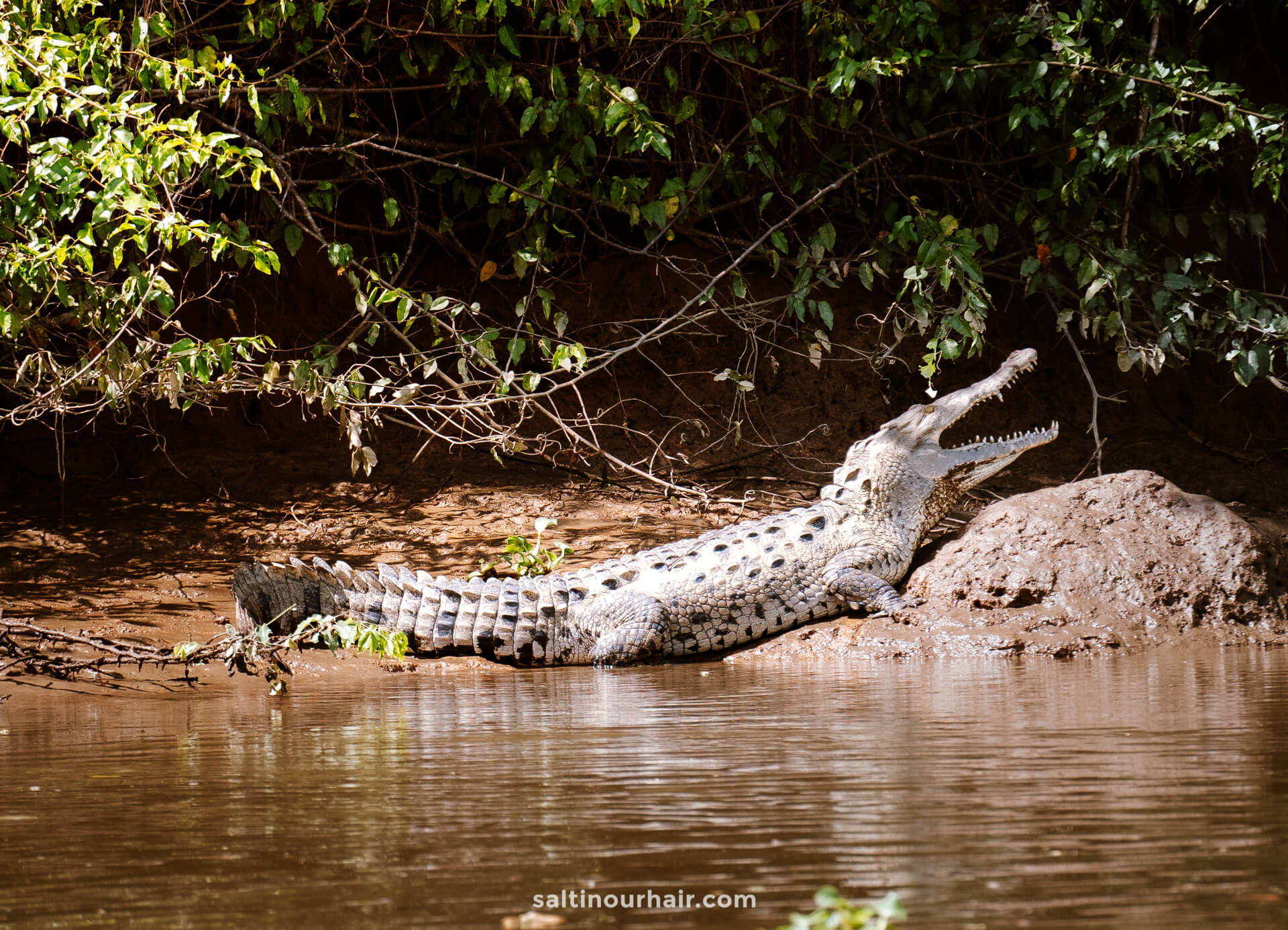
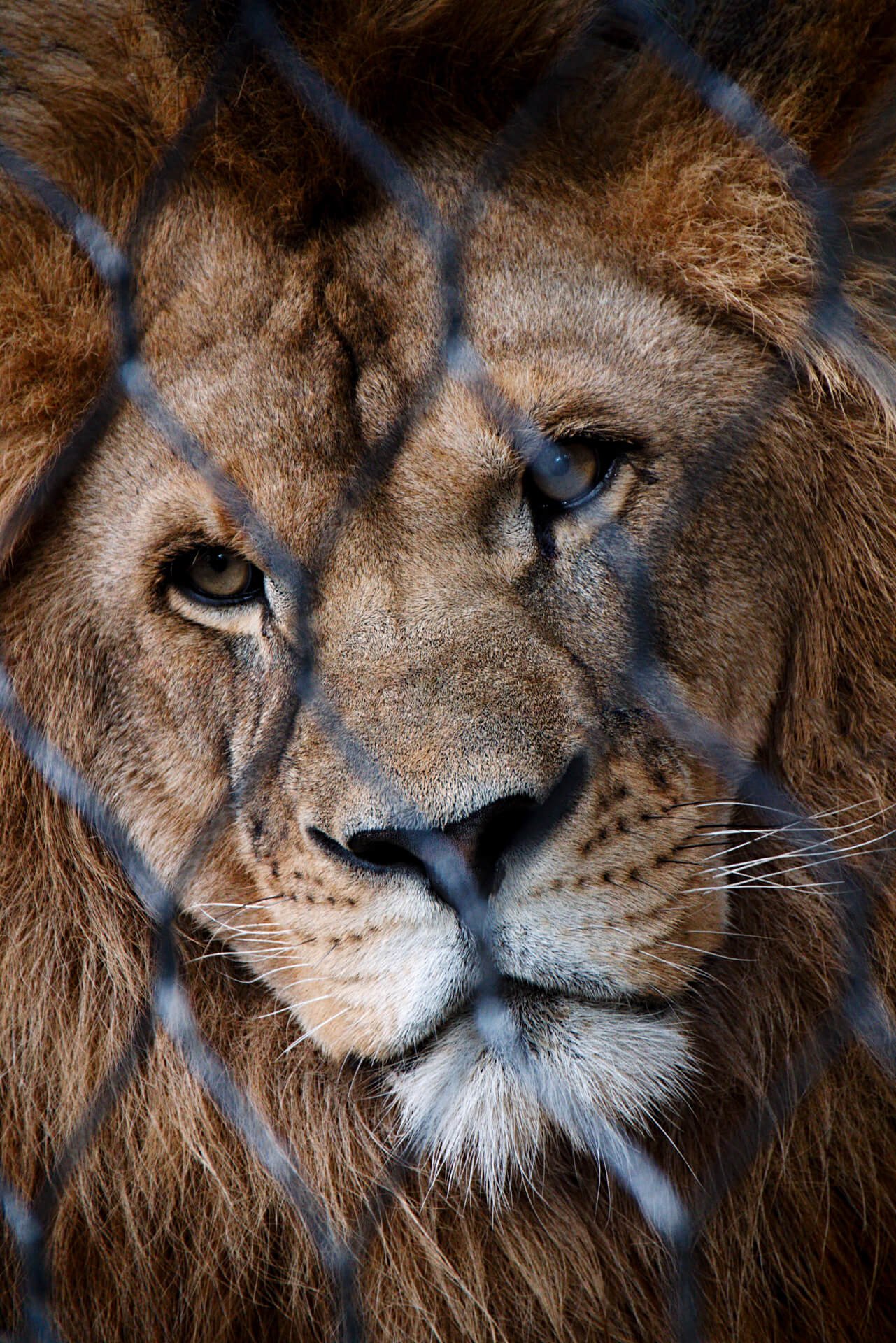
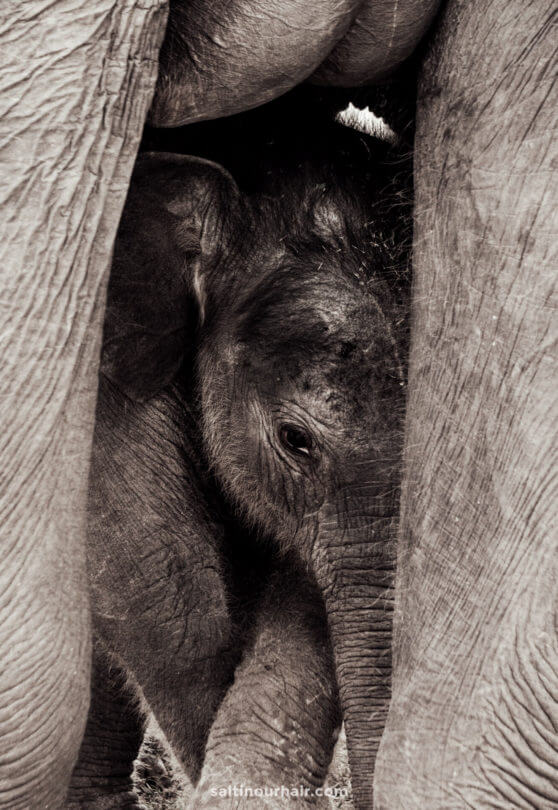
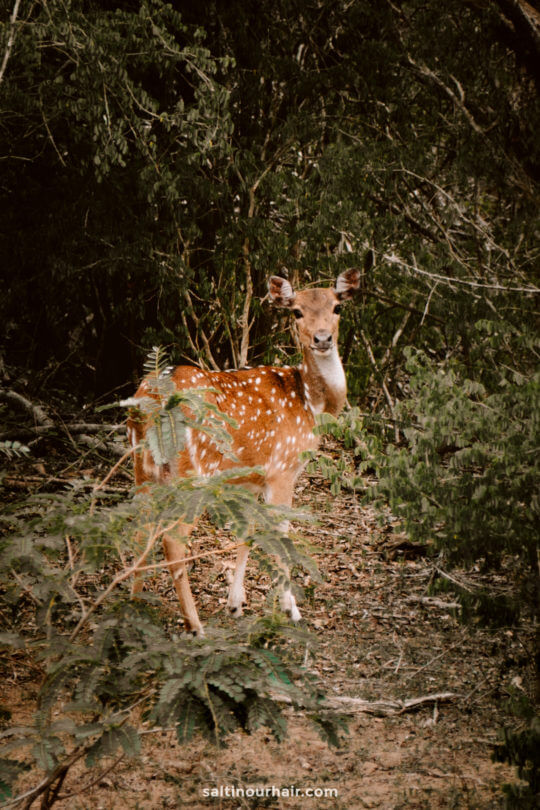
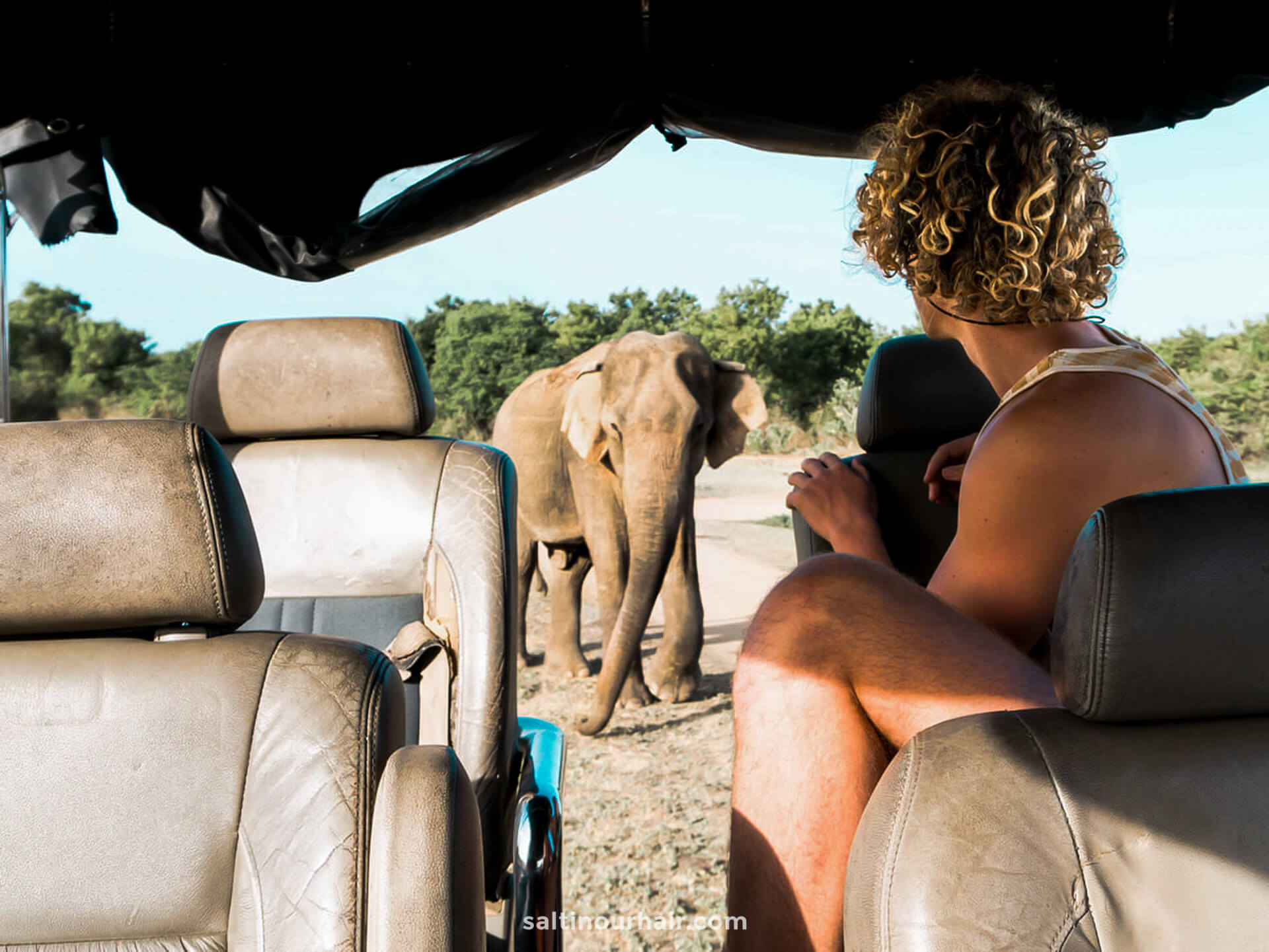
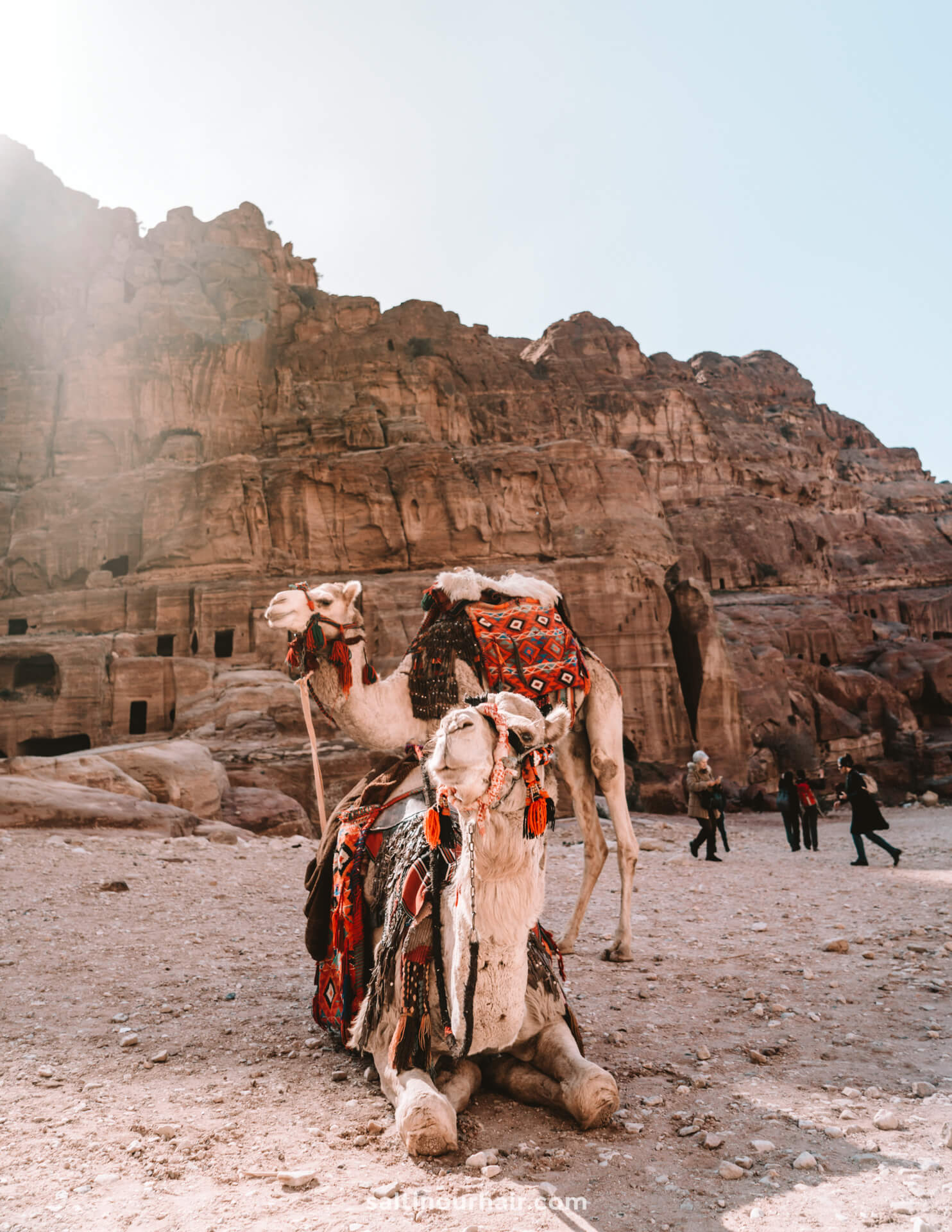
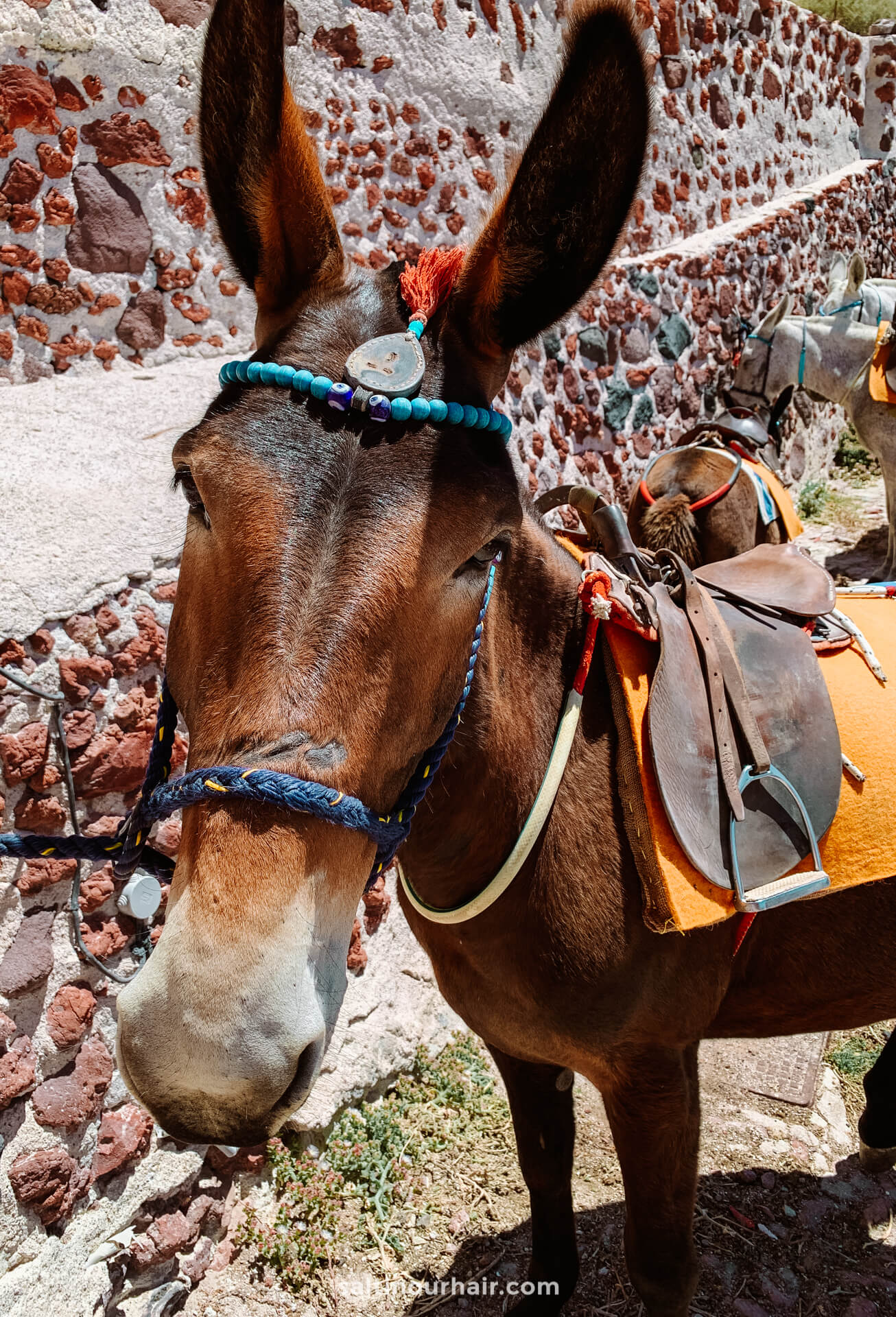
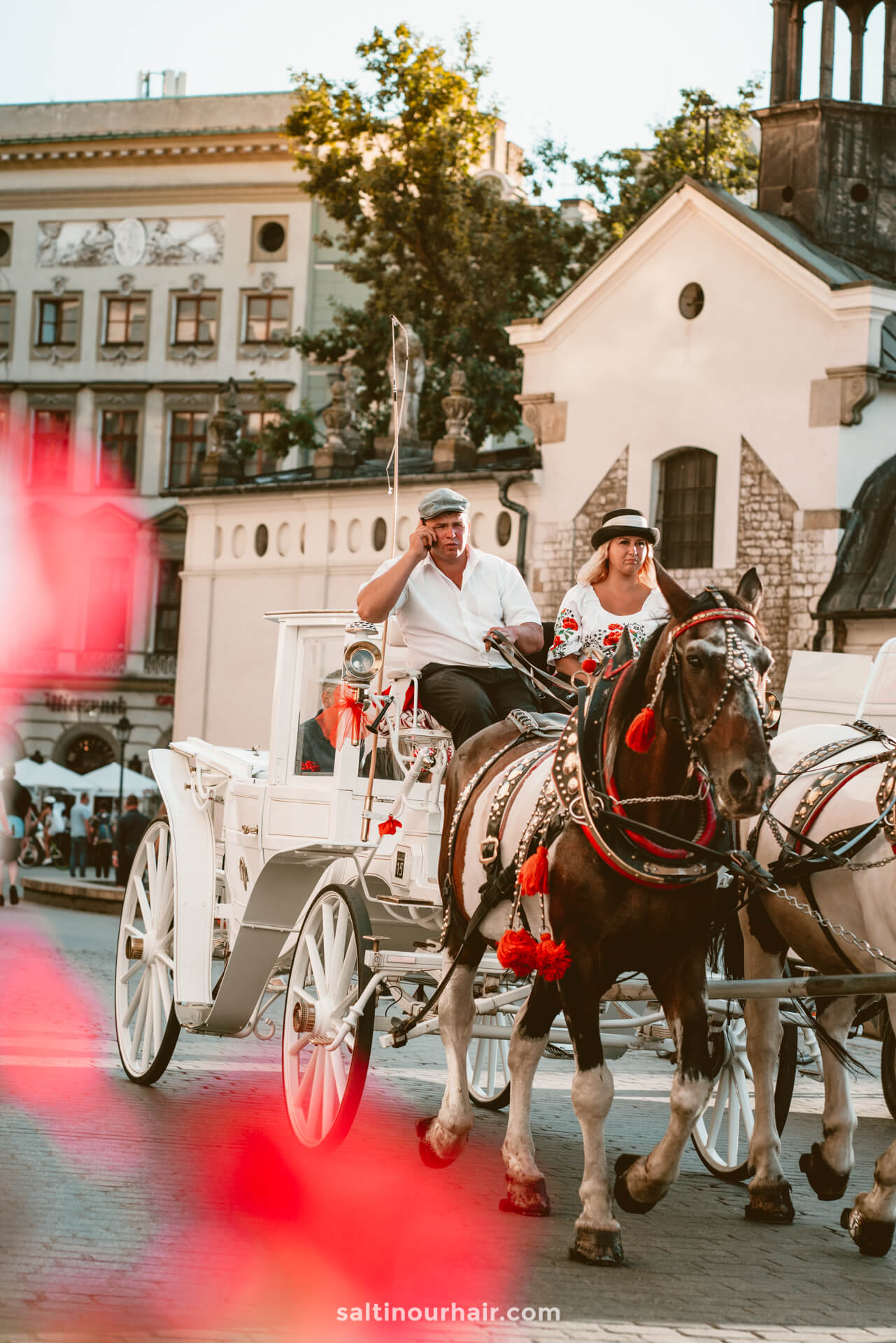
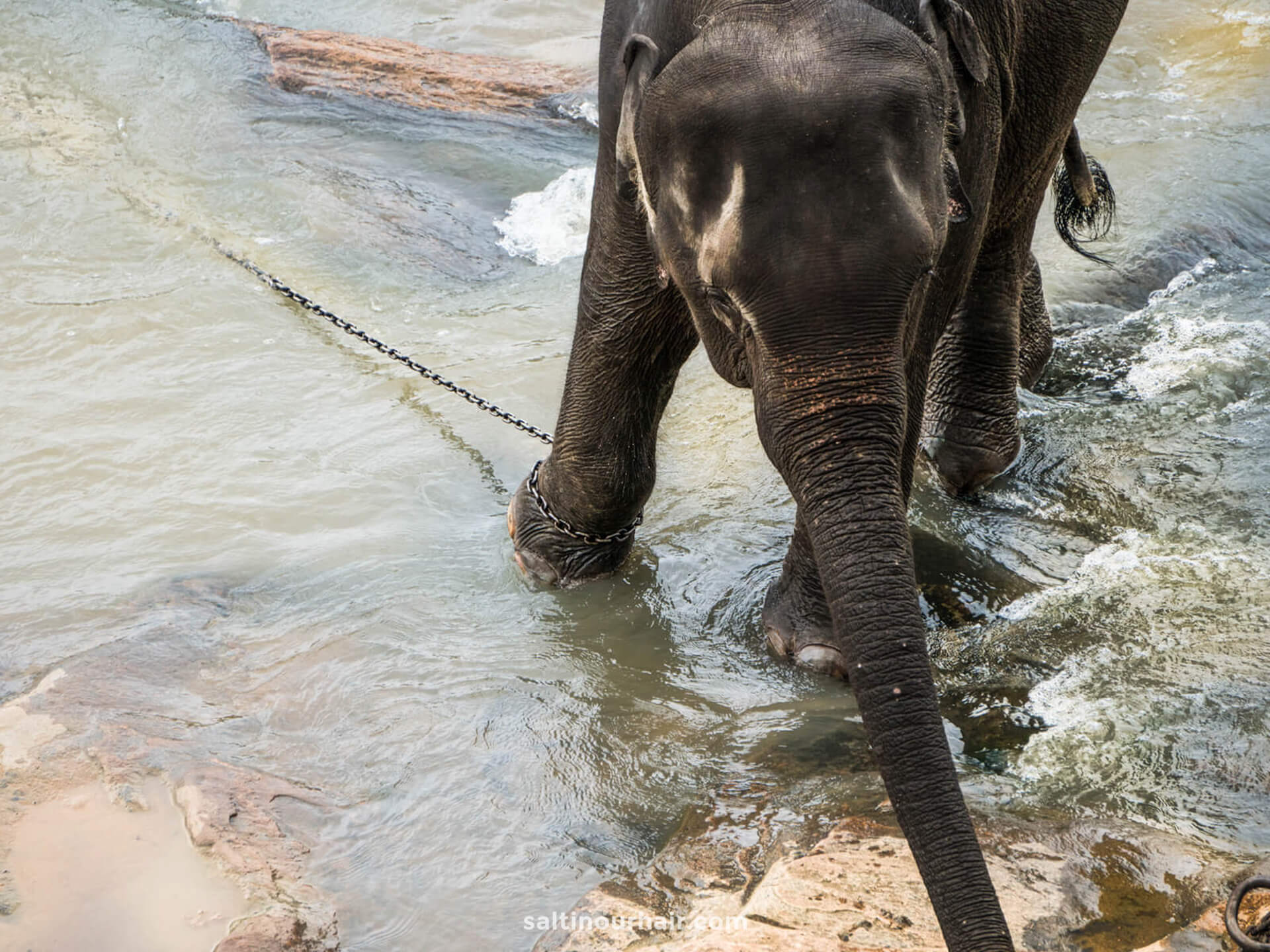
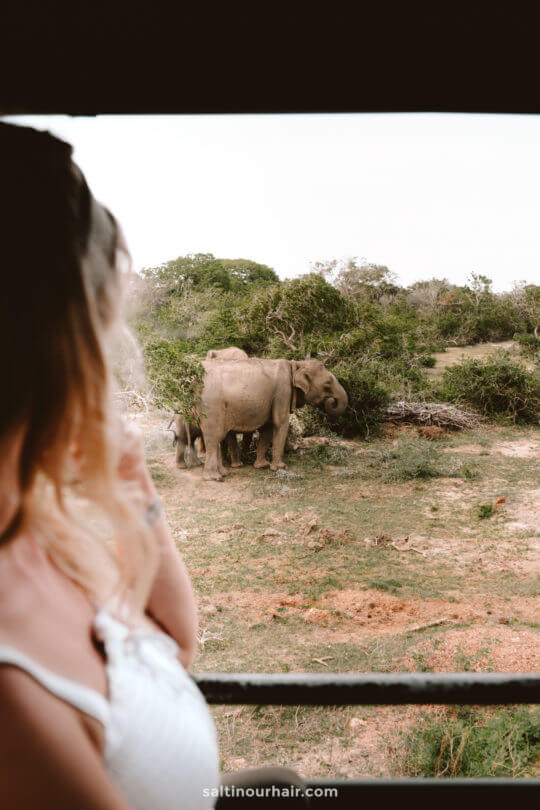
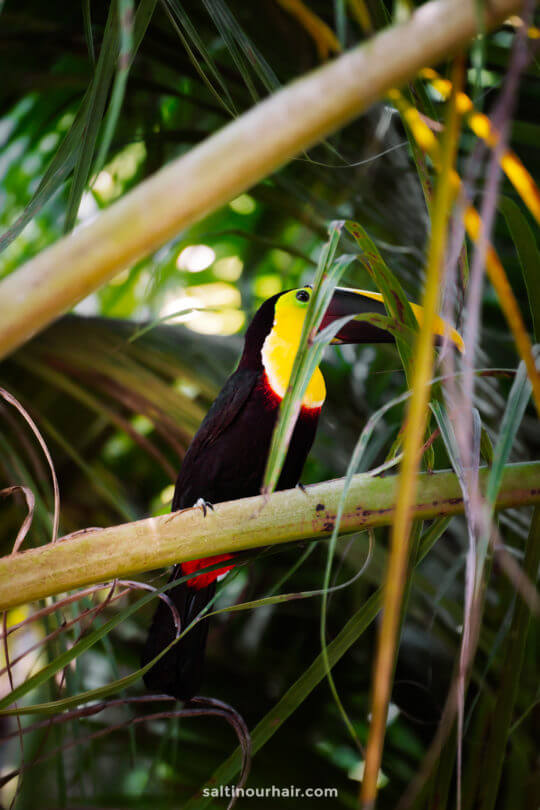

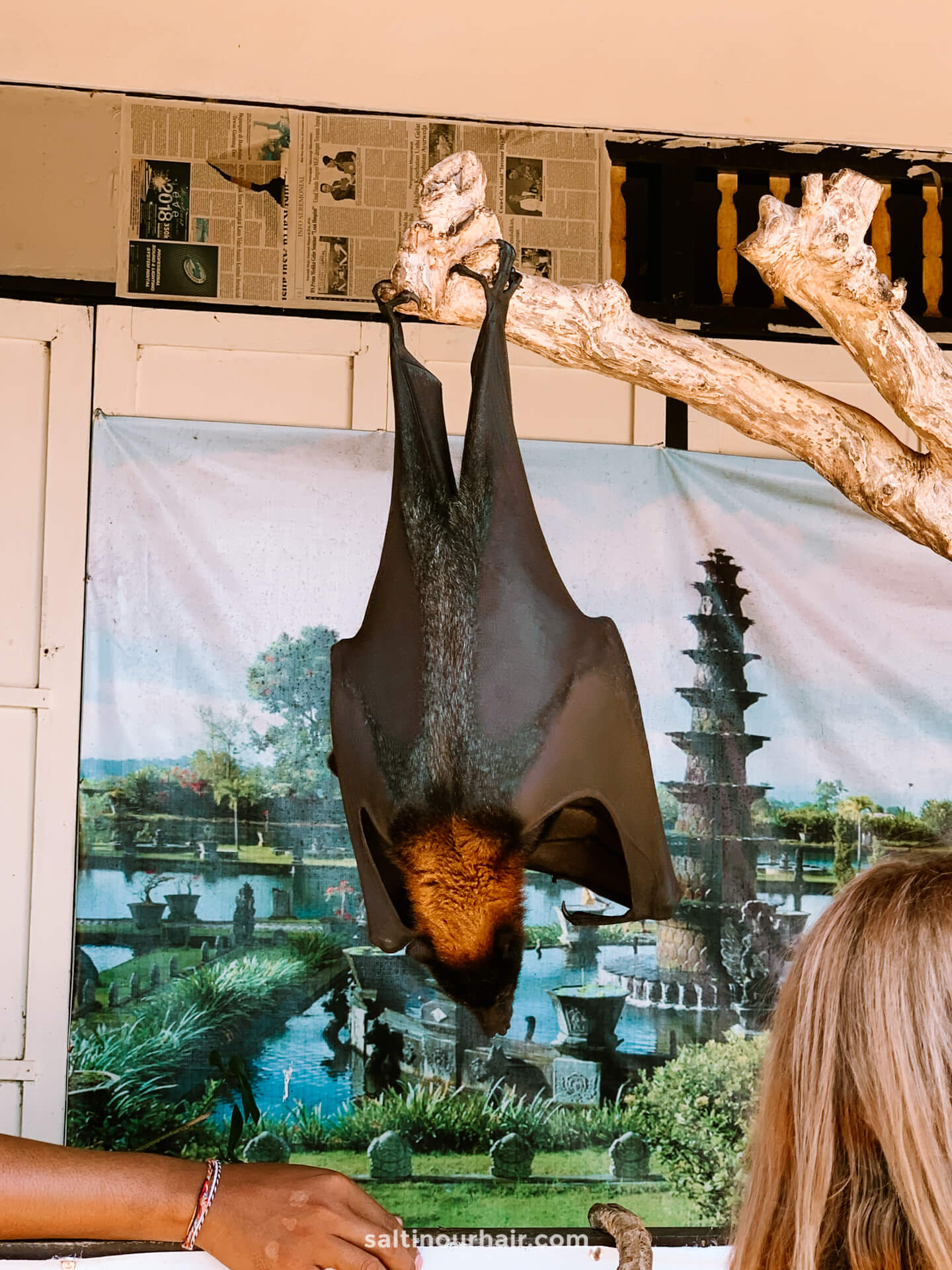
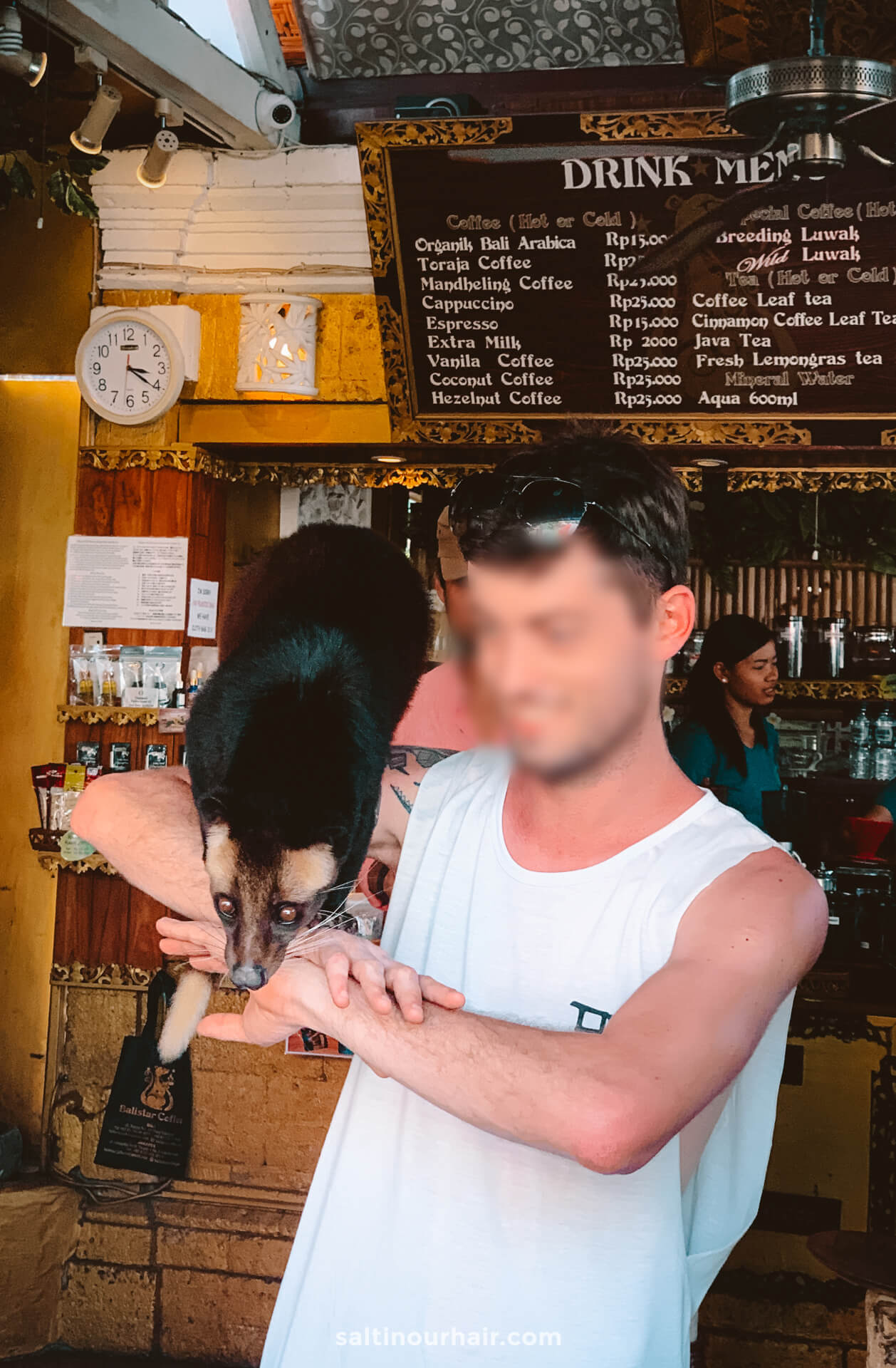




I absolutely love the intention behind this blog and I’ve found it super helpful and informative! However I have to say it is a little hypocritical when you are literally riding a horse in the picture used to advertise your photo editing package :(
Hi Jaymi. Thanks and we absolutely understand your concerns about wildlife tourism. I want to share that our experience with this particular Horse Riding company in Costa Rica was positive—they prioritize the well-being of their horses and adhere to ethical practices. We’re open to discussing this further and appreciate your perspective!